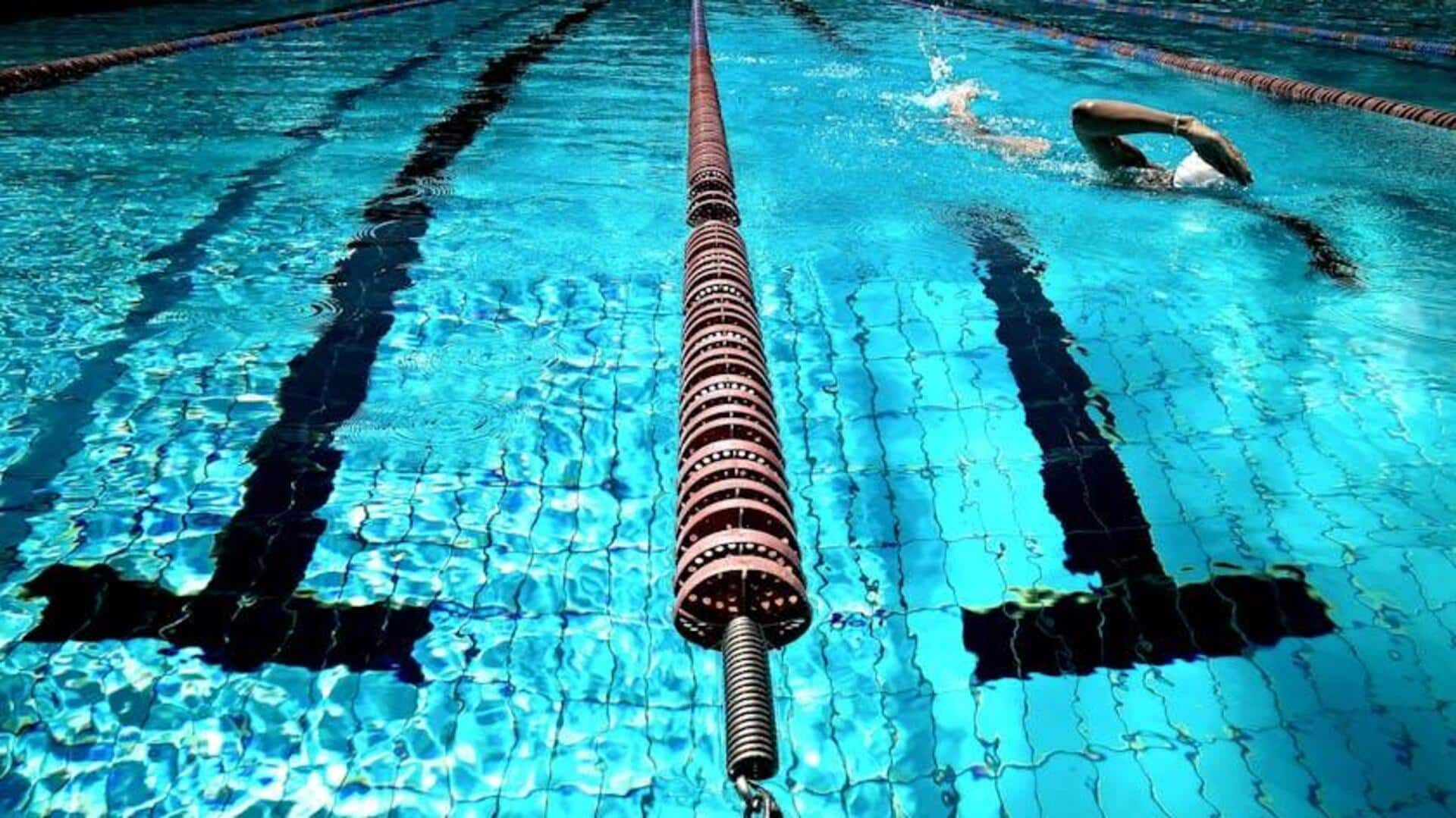
Is it safe to swim right after a meal?
What's the story
The notion that swimming immediately after eating can cause cramps, even drowning, has been passed on through generations. This idea has frequently resulted in parents warning their kids against taking a dip right after meals. But, is there any truth to this age-old piece of advice, or is it just a myth? Let's delve into facts and fiction about swimming post-meal.
Historical context
The origin of the myth
The notion that swimming after eating is dangerous probably came from worries about digestion. It was thought that blood flow would be redirected from the muscles to the stomach, heightening the chances of cramps while swimming. However, modern science indicates that even though digestion does require some blood flow, it doesn't greatly affect muscle function during exercises such as swimming.
Body mechanics
Understanding digestion and exercise
When you eat, your body starts digesting food by sending more blood to your stomach and intestines. However, while this happens, your muscles continue to receive sufficient blood for light exercise like swimming. Research suggests that only vigorous activity may be impacted by digestion-related changes in the way blood flows.
Muscle function
Risk of cramps: Fact or fiction?
It's important to note that cramps are involuntary muscle contractions that can occur during any physical activity, not just swimming. They are often caused by dehydration, fatigue or electrolyte imbalances, rather than recent food intake. So, while it's possible to experience cramps while swimming after eating, they are not directly caused by having a meal beforehand.
Practical advice
Safety tips for swimming post-meal
To be safe when choosing to swim after eating, wait for at least 30 minutes if you had a large meal. Go for lighter snacks if you're planning to hit the water sooner. Stay hydrated and pay attention to how your body feels. If you're uncomfortable or tired, take a break before getting back in the pool or ocean.